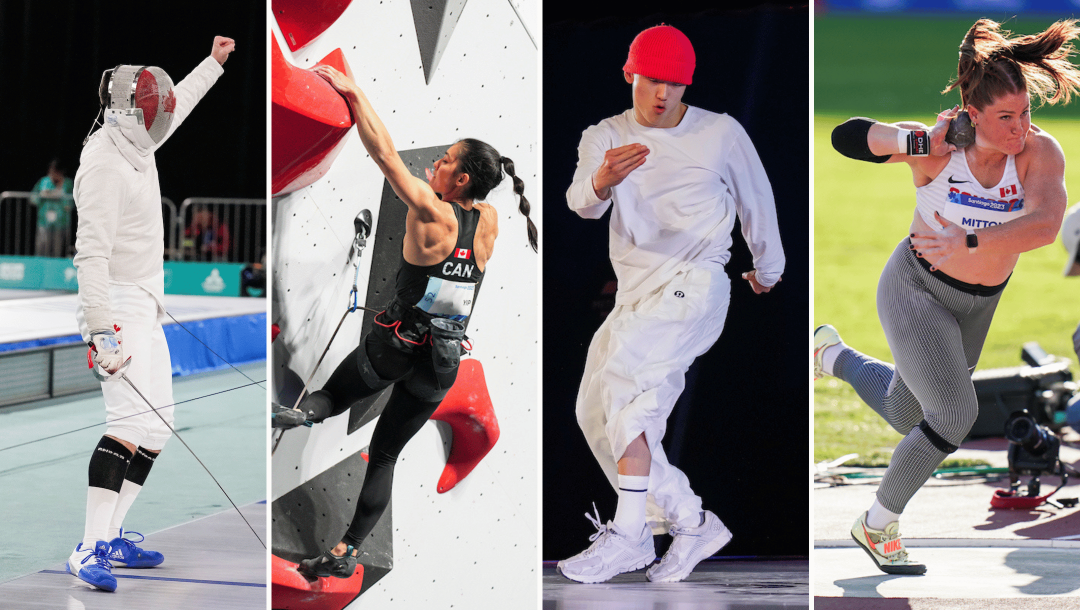Advice from Team Canada athletes to first time spectators of their sports
For many Canadians, the Olympic Games are an opportunity to check out sports that they might not regularly participate in or watch. Many Olympians saw their sport for the first time while watching the Olympics on TV as a kid!
Being a first-time spectator can sometimes be confusing, though, so we asked some Team Canada athletes to give their best advice for incoming fans of their sport.
Here’s what they had to say:
Sarah Mitton (Athletics – Shot put)
I would say that if they’re watching qualification rounds, there’s a line called the auto-qualification line. If you throw over it, you’re automatically advanced to the final. It doesn’t matter if it’s your first throw or your third. Sometimes people get a little lost when all of a sudden half the field is no longer throwing.
My second advice would be to watch for the big throws and the celebrations. The amount of energy and effort that goes into creating a big throw is huge, but sometimes watching the post-throw celebration is even more fun. We’re all a little quirky in the throws, so sometimes they’re kind of dorky and fun and whatnot, but there’s so much energy and excitement. We really do put on a show.
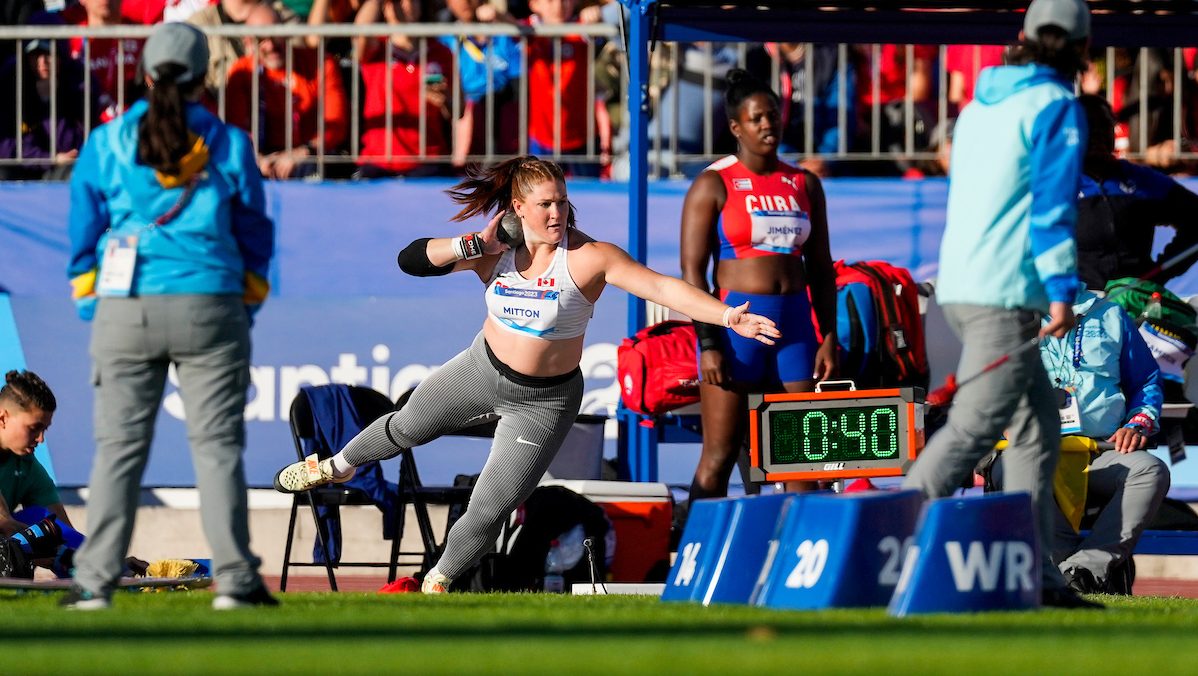
READ: Shot putter Sarah Mitton on her Olympic goals and inspiring the next generation
Phil Wizard (Breaking)
I would encourage people to basically pick a ‘character’ that you root for because everyone dances very differently. I think of it in comparison to something like anime or superhero movies, where everyone has a particular favourite character. Everyone who is at the Olympics is breaking at the highest level, so find someone whose style resonates with you.
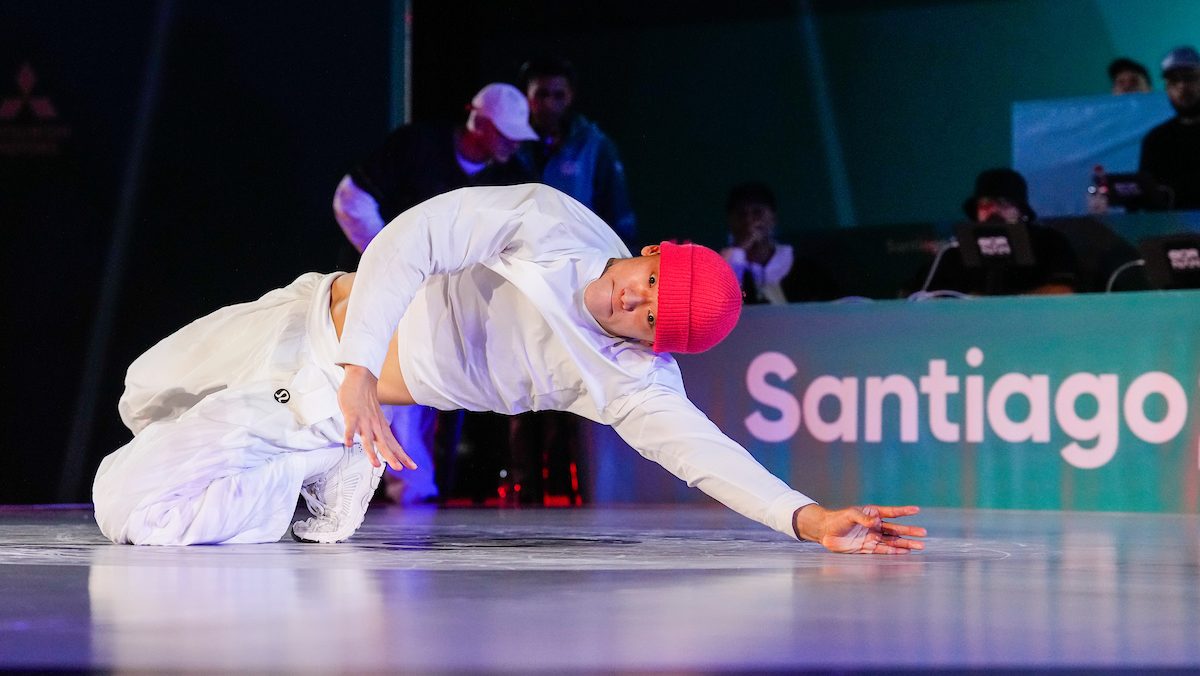
WATCH: 24 Questions with Phil Wizard
Alannah Yip (Sport climbing)
My favorite moments in the sport are when there’s a climb and two different climbers or more figure it out and execute it in completely different ways. I think those are the most exciting and most magical moments for our sport because it just shows that there’s not one right way, definitive right way to do something. It’s about figuring out what’s your right way to do something and that it’s a problem, but it has multiple solutions.

Sanoa Dempfle-Olin (Surfing)
Watching surfing for the first time can definitely be confusing.
I think the basic things to know are that surfers are scored on their two best waves. They’re scored on a scale from 1 to 10, with 10 being the best that you get (and then I guess a 0.1 would be the worst you could get!). Our two best waves get added together as our heat score total and whichever of the surfers has the higher total is who wins the heat.

READ: Surfing 101 with Sanoa Dempfle-Olin
Cameron Levins (Athletics – Marathon)
With the marathon, it’s one of those things where there’s a lot going on even when you think there’s not a lot going on early in these races. Even if you think “I can’t even see this athlete!”, often it’s a purposeful play by the athlete to not be in view of what’s going on.
So I would say if you’re watching for the first time, something that can be really helpful is downloading a race tracking app or getting live splits along the way. These let you track different athletes besides what you’re watching on screen. It’s just helpful to have more information so you understand what’s happening beyond the front pack.
No matter what though, the last half or last ten kilometres of the marathon is generally pretty exciting. But I think that it can be really important to know what’s going on early in the race.
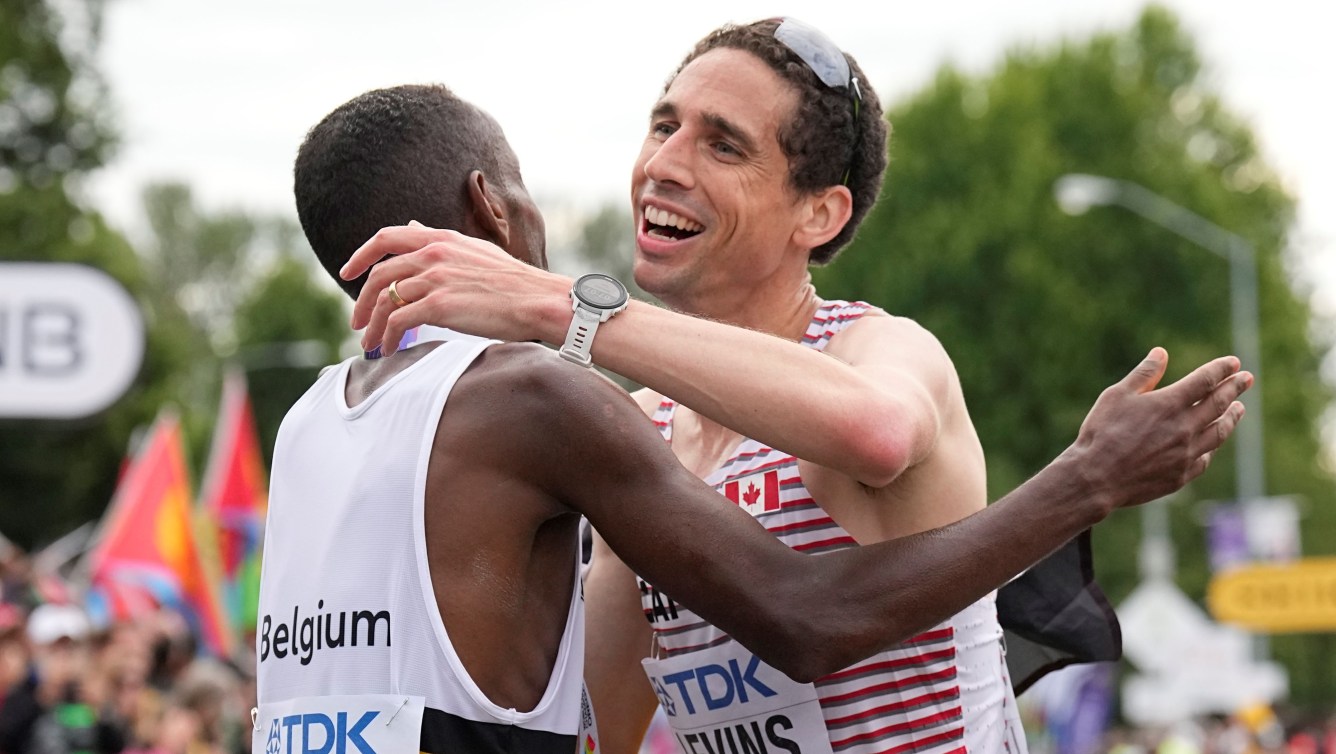
Sarah Douglas (Sailing)
In the class that I sail, there are 45 athletes going around one course. So it’s all about your finish position and where you rank within the race. And we do 10 races.
At the end of the day, you want to have the most consistent scoring and the least amount of points (your finish position is your points).
And generally you want to stay upright!
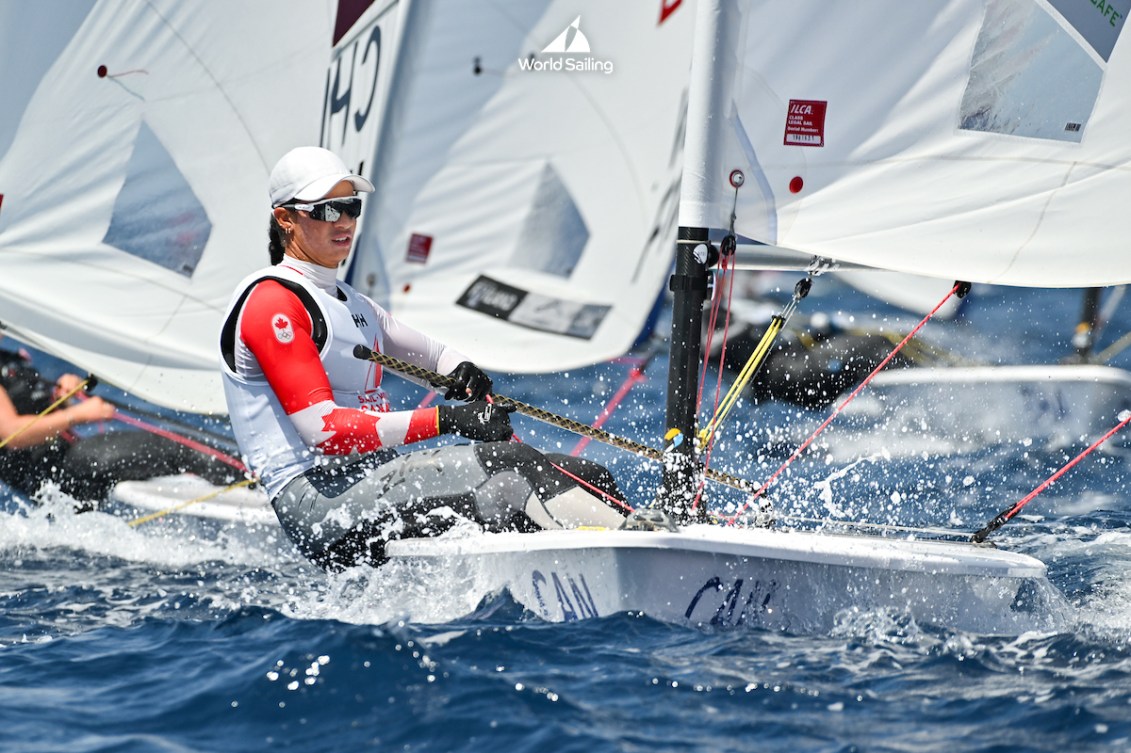
WATCH: 24 questions with Sarah Douglas
Alexanne Verret (Fencing – Épée)
In épée, when the person gets the light, it’s their point, so it’s pretty straightforward. I would recommend getting used to épée and learning more about the sport before trying to watch the other two weapons [foil and sabre]. With those, it’s about priority–even I sometimes need video replays!
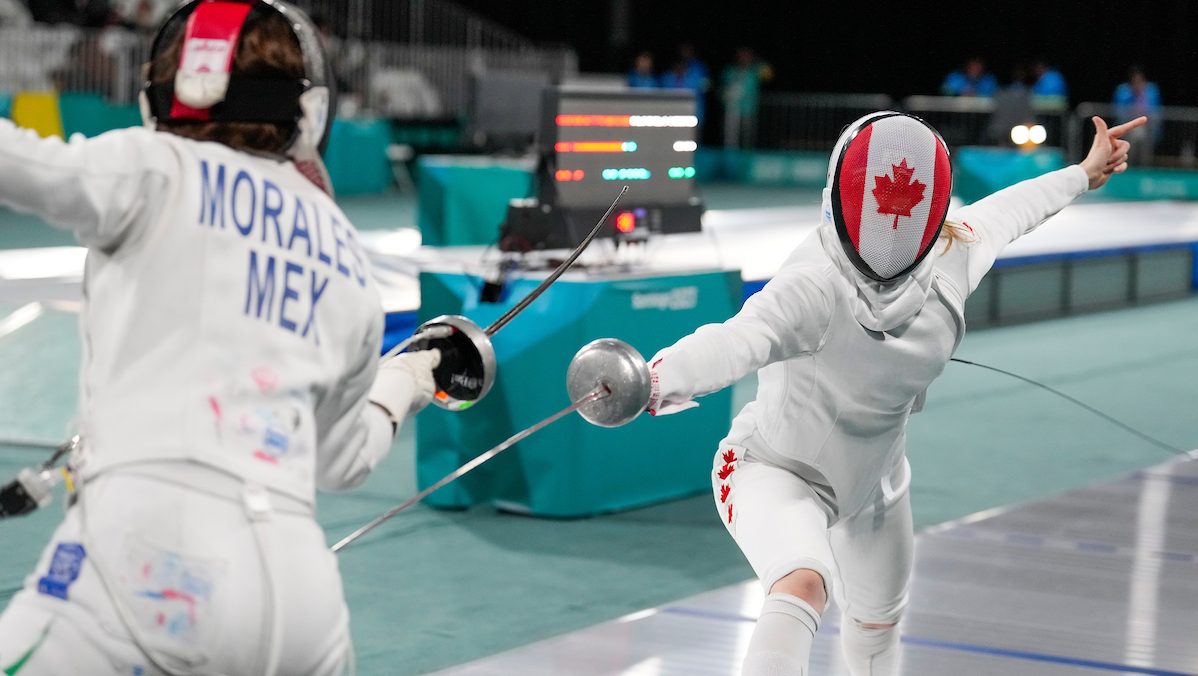
Fares Arfa (Fencing – Sabre)
Spectators need to understand that if two lights go off, it doesn’t necessarily mean that both athletes get a point. Be attentive to the referee, what they say and how they act, because that’s really the way to understand the points.
Also, know that there is a lot of screaming! Part of fencing is theater. You have to sell the point to the referee and if you look confident doing it, they have more tendency to think it was your point.
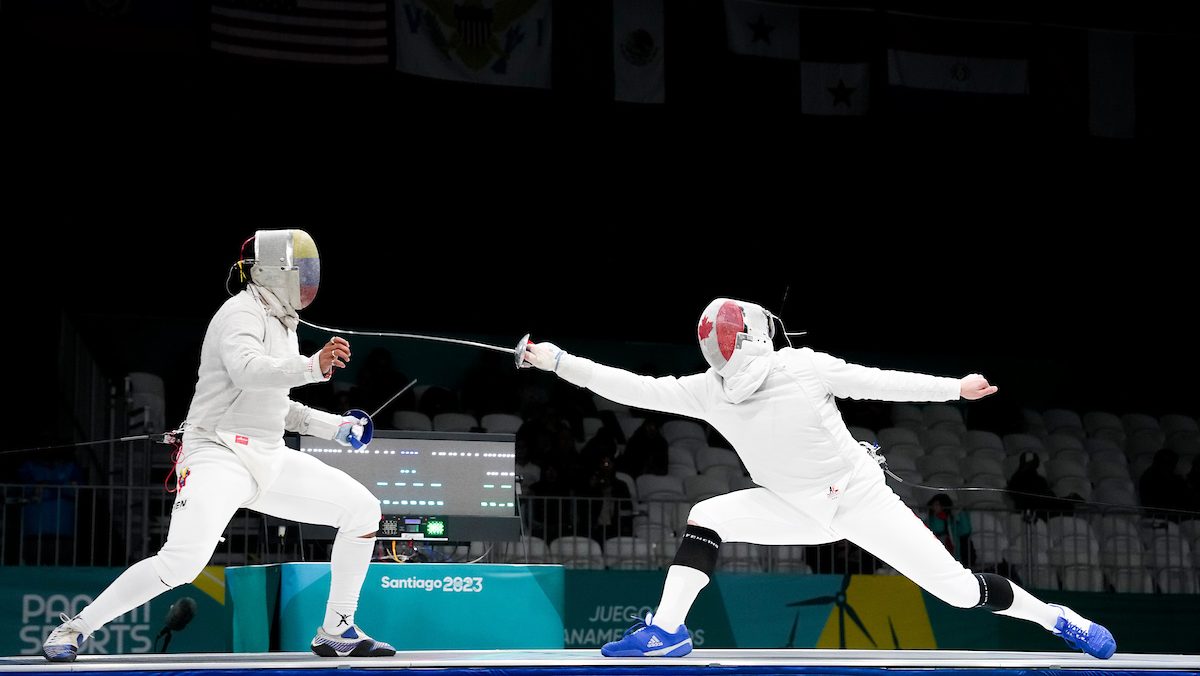
Sophiane Méthot (Trampoline)
So, there’s four things we are judged on and those four things are added up to make our score.
The first thing is difficulty; the more flips you see, the more twists you see, the higher the points will be. Secondly, there’s execution; we’re looking for tight position, arm placement, and straight legs. Third of all, they’re looking for HD: horizontal displacement. There’s a red X in the middle of the trampoline and you need to jump as much as you can on it. The further you go from the X, the more point deductions you get. And lastly, we have time of flight–that’s the time that you are in the air.
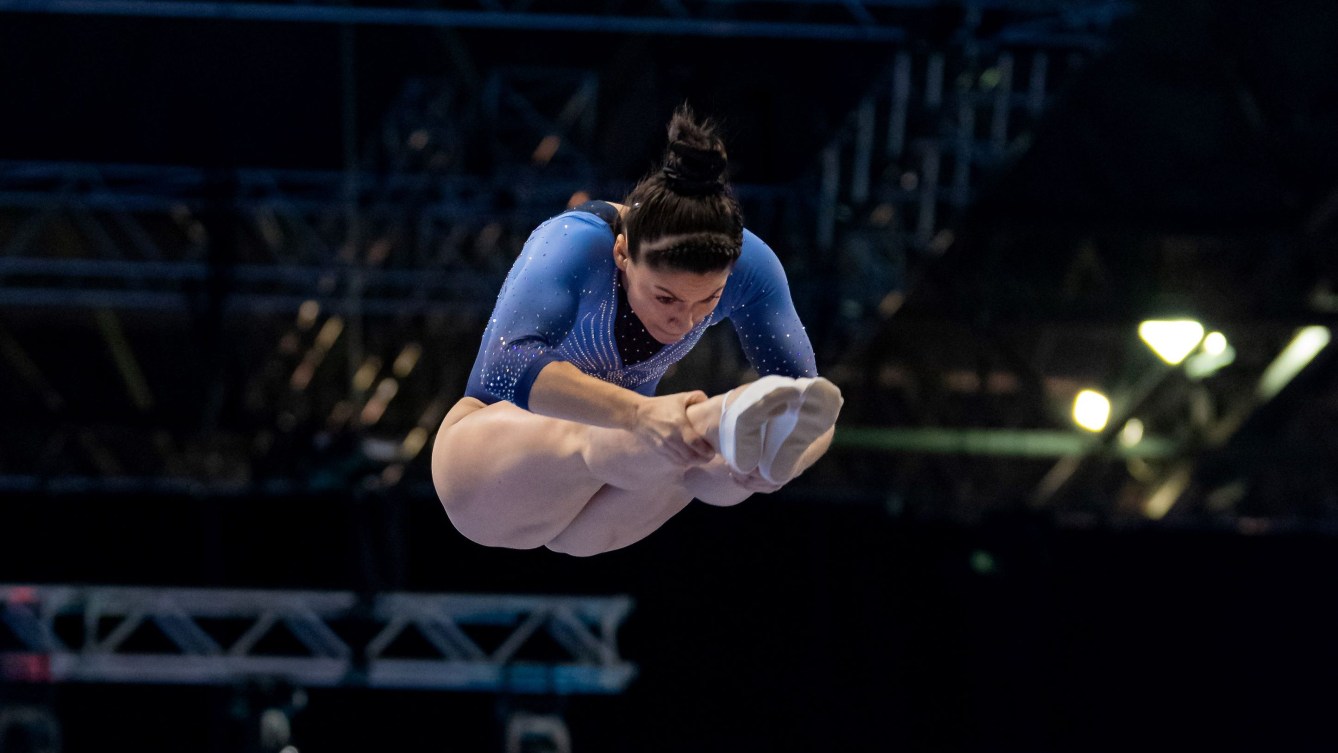
Eric Peters (Archery)
Archery is a really simple sport to watch. It goes in the middle or it doesn’t, right?
But one thing to be watching for is how long someone’s taking to shoot an arrow. Because the longer it takes, means usually it’s not going to be very good. Also look out for how much they are flailing their arms once they’ve let go. That also tells you a lot about where the arrow is going to go.

Tiffany Leung (Breaking)
The first thing to watch out for when you’re seeing people dance, you want to ask yourself: are they dancing to the music? Do the movements match the music? You can tell when something happens in the music and it moves a dancer in a certain way.
Then the second thing to look out for is originality and creativity. For the Canadian Tteam especially, we really value originality and creativity. You’ll be able to see it in the different dancers and how they each have their own unique style. There are certain moves like windmills, air flares and six steps–all these steps that are basic–but you can see how dancers take that step and make it their own in a way that’s an extension of themselves and their own style.
And finally–allow yourself to feel what you want to feel because I feel like the best breaker is a type of breaker that makes you feel something!


